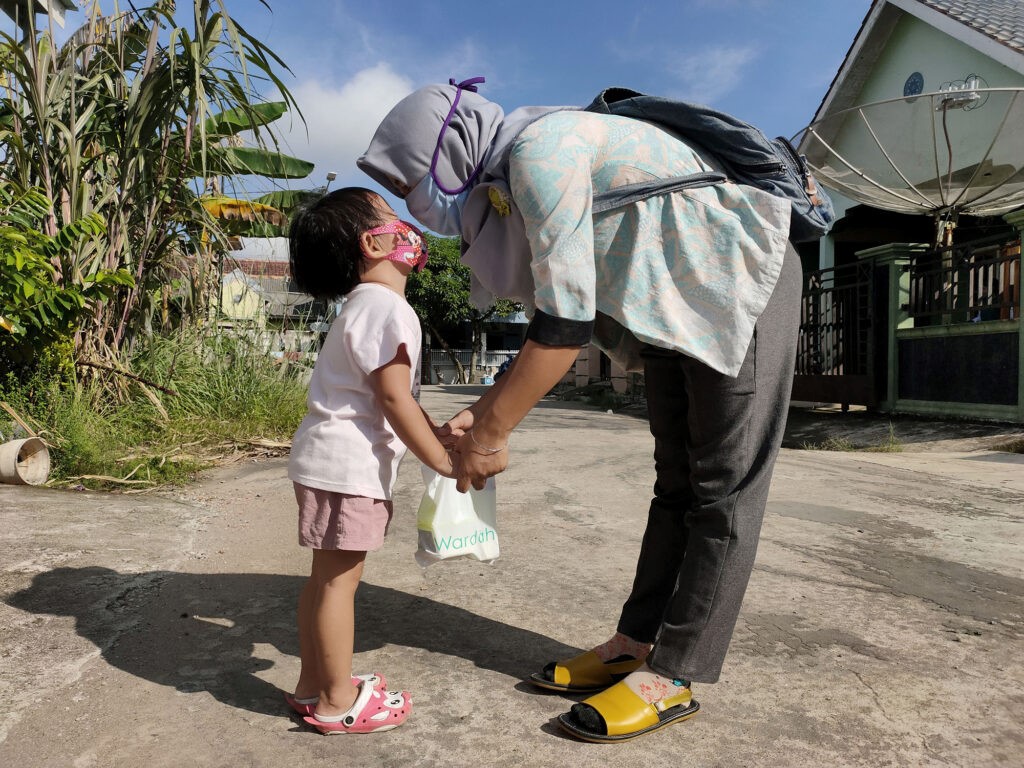Leveraging the strengths of a mixed purchasing system for COVID-19: a perspective from Indonesia
Anooj Pattnaik, Deputy Director for Learning
www.ThinkWell.global
Prastuti Soewondo, Country Director, ThinkWell Indonesia
Nadhila Adani, Analyst, ThinkWell Indonesia
Purchasing of health services during normal times is rarely done by a single entity. Rather, there are usually many different purchasers in a country’s health system, from ministries of health, subnational governments to national health insurance agencies. This is certainly the case in Indonesia, where their young national health insurance scheme founded in 2014, Jaminan Kesehatan Nasional (JKN), covers over 80% of the population for individual health services, while the government still plays a substantial role in delivering population health and allocating funds to public providers for expenses like wages and supplies. So how does a mixed purchasing system, like the one in Indonesia, adapt and respond to the advent of a crisis like COVID-19?
A Hybrid Approach
When the virus hit the shores of Indonesia in March 2020, the Indonesian government needed to rapidly adapt its mixed purchasing system to prepare for the potential rapid rise of COVID-19 within its borders. It decided to adopt a hybrid approach between its Ministry of Health (MoH) and BPJS-K, the government agency responsible for implementing JKN. The MoH would be responsible for defining the clinical pathways for COVID-19, developing the tariff and payment mechanism (cost-per-day), and making the payment directly to the providers. BPJS-K would be responsible for receiving and verifying claims around COVID-19 from health facilities and submitting to the MoH for payment. In this way, the Indonesian government aimed to leverage the strengths of each agency: the deep experience and technical expertise of the MoH to set the guidelines and receive/disburse significant amounts of funds, and the strong claims management and verification systems of BPJS-K, as well as their existing contracts with both public and private providers who are delivering COVID-19 services to the population. Once the pandemic is over, the plan is for COVID-19 to be part of the case-based group payment (CBG) system of JKN. Therefore BPJS-K involvement has been crucial in these early stages so they can better devise how they will incorporate COVID-19 coverage in the future.
Purchasing Features of the Response
Quickly after COVID-19 permeated Indonesian shores, the MoH clarified key details of how COVID-19 services would be purchased in the emergency response. The first regulation was that local citizens would pay nothing out-of-pocket (OOP) if they met 3 categories: probable (if they were admitted to the hospital due to pneumonia, fever, or respiratory infections at any age), suspected (if they are 60+ and had any symptoms in the last two weeks (e.g. fever, trouble breathing), or confirmed cases. This regulation was updated in August 2020 to now include those under 60 who show any symptoms.
This coverage extends to only public and private hospitals, not PHC facilities, as the MoH transfers funds directly to the hospital, not the patient. However, testing for COVID-19 is only free if the person fits under these 3 categories. If not, Indonesians must pay OOP for the test, which is certainly not ideal and has likely led to under-testing of the population.
The President has implored for COVID testing to be increased across the country. To this effect, the availability of PCR tests has increased tenfold in the last 3 months. However, these PCR tests have been unequally distributed, especially outside Java island. On the contract tracing side, developing a unified strategy and then implementing it has been a tremendous challenge, resulting in targeted testing being scattered and largely ineffective. In addition, there is a significant delay (around 10-14 days) for test results due to the limited lab capacity in the country.
The services that are covered under the new COVID-19 package include administration fees, accommodation (e.g. inpatient, ICU, or isolation rooms), treatments, ventilator use, medical consumables, diagnostic support tests, drugs, referrals, and other related health services. The hospital then submits the claim through the existing JKN claims system and is paid by the MOH via a case-based group (CBG) rate for outpatient care or cost-per-day for inpatient care. There is one fixed tariff for all hospital classes (for both public and private), with a range of severity level from moderate, complex, and critical.
The Indonesian government also is responsible for procuring and supplying these hospitals with PPE, necessary equipment like ventilators and oxygen, and improving the physical infrastructure of these hospitals to optimally respond to the virus. These funds and supplies are allocated to health facilities through separate purchasing channels than this COVID-19 claims one. All hospitals that are appointed to receive COVID patients should be able to receive supply assistance. However, in practice, public hospitals and government-related providers (military and police hospitals) have been prioritized with only few selected private hospitals confirming that they received assistance.
Initially, hospitals were only allowed to submit COVID claims once every two weeks. This has been updated recently to allow for a weekly submission. BPJS-K then is supposed to verify the claim within a week and submit the verified claim to the MoH. When hospitals submit claims to BPJS-K, they should also send the claim to the MOH. While waiting for approval from BPJS-K, the MoH transfers 50% of the total claim to the provider. The MoH then transfers the rest of the payment to the hospital within 3 days of receiving the verified claim.
Perhaps unsurprisingly, there have been challenges around this system, as many of the claims submitted by public and private hospitals for COVID still have not received payment, far past the stated payment schedule. This is more of a critical issue for private hospitals who rely on these payments to stay afloat and do not receive government subsidies like their public counterparts. Rapidly setting up this purchasing arrangement likely has also led to bottlenecks that delay payments, while JKN has had its share of existing challenges with processing payments even before COVID.
Moving forward
It remains to be seen how effective and efficient this hybrid purchasing arrangement has been for dealing with the COVID-19 crisis in Indonesia. Nonetheless, the Indonesian government clearly aimed to leverage the strengths of its different purchasing agencies in its response. The MoH has decades of experience in this type of fund management and disbursement through programs like Jampersal and previous emergency responses. On the other hand, JKN still is only 6 years old and it could have been a heavy burden for BPJS-K to play this central role in such a massive crisis the way the more experienced PhilHealth has done in the Philippines. Instead, JKN’s existing claims management infrastructure, routine data systems, and contractual arrangements with both public and private providers (which expand access) were tapped in the response, which may prove to be a more appropriate and considered approach. In any case, this type of joint response and collaboration between the two major purchasers of health services in Indonesia could help to usher in a more coherent approach to achieving UHC once the immediate crisis has receded.


